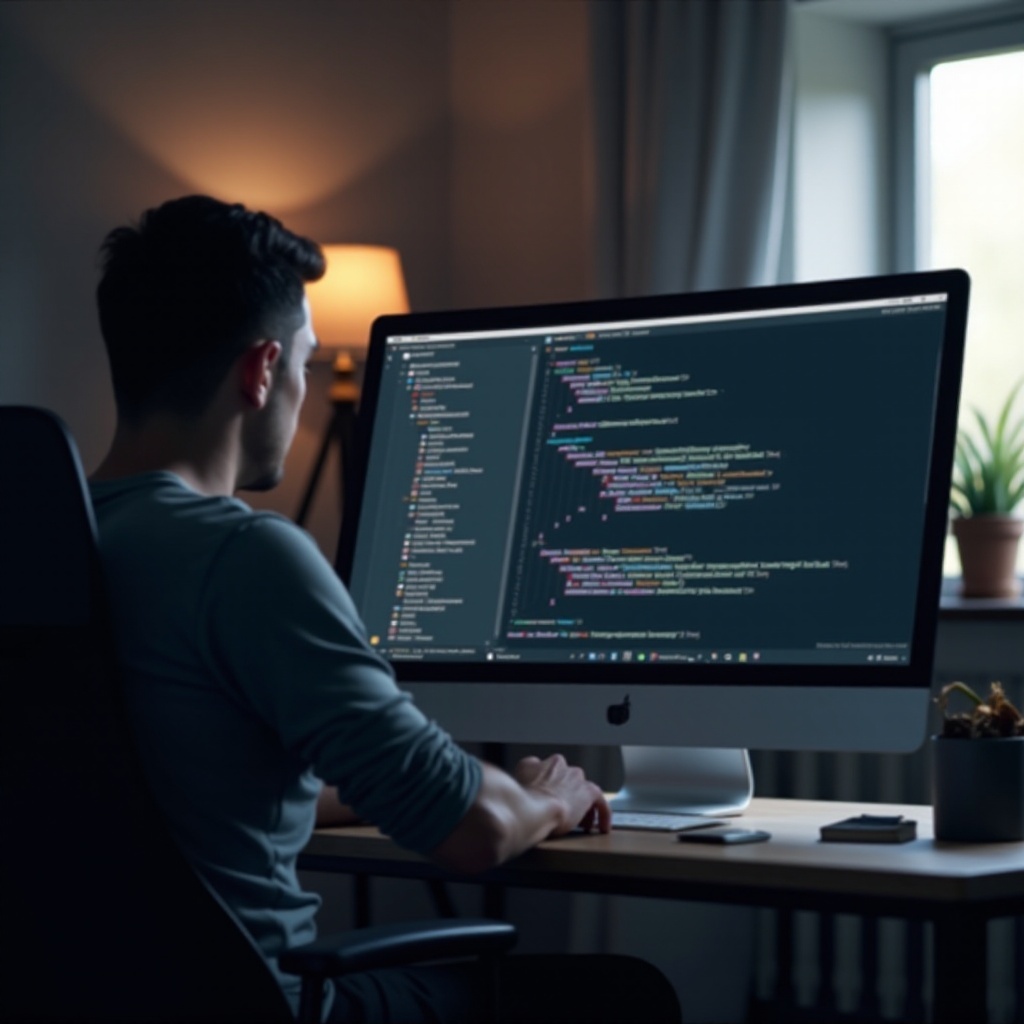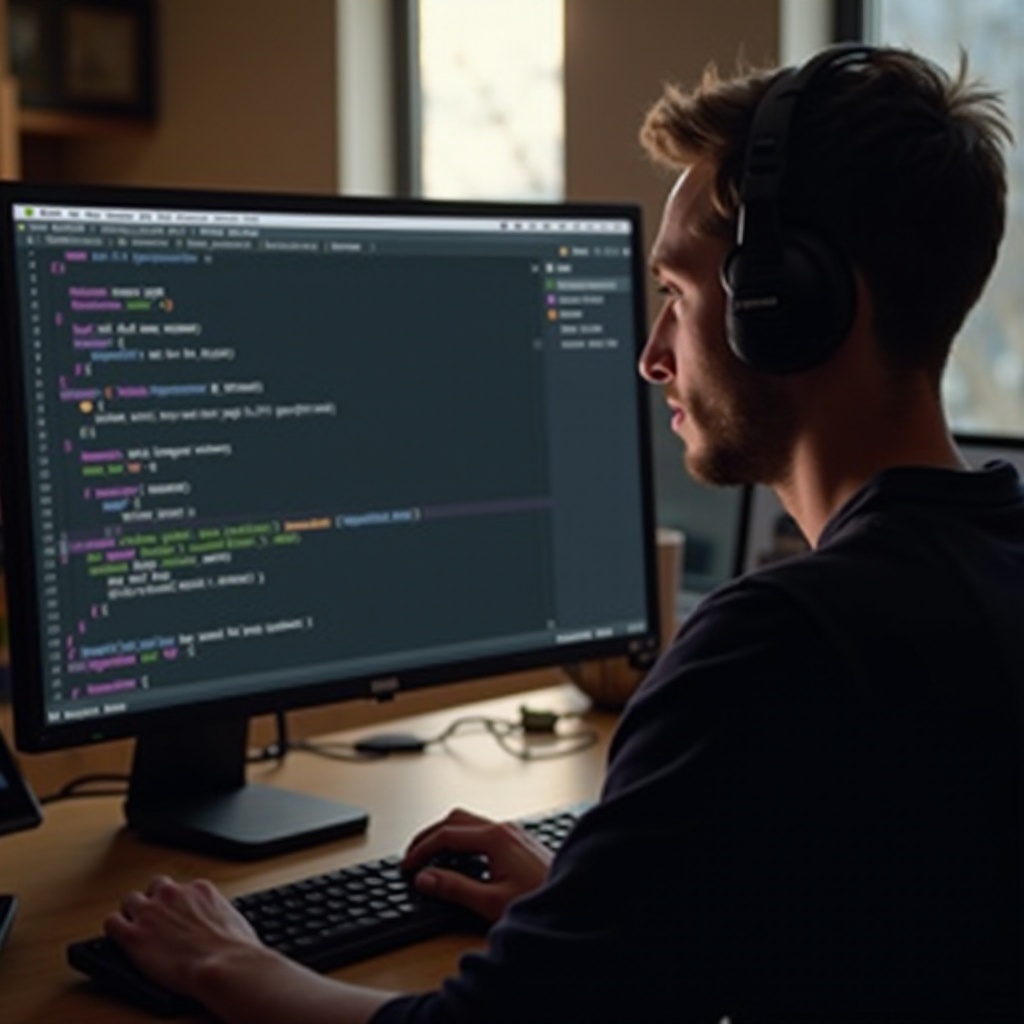Introduction
When building interactive games and applications in Godot, mastering mouse controls can significantly enhance user experience. One critical aspect of mouse controls is handling the ‘mouse up’ event, which triggers certain actions when the user releases the mouse button. This blog will guide you through understanding, setting up, implementing, and troubleshooting mouse up events in Godot.
We’ll explore how to implement these events with practical code examples, discuss common use cases, and highlight best practices to ensure responsive and engaging mouse controls. Whether you’re a seasoned developer or just starting with Godot, this guide will help you harness the power of mouse up events.

Understanding Mouse Events in Godot
Mouse events are fundamental to user interactions within your Godot projects. They capture user input and trigger specific responses within your game. The primary mouse events include mouse button down, mouse motion, and mouse button up.
Handling these events efficiently is crucial, as it can determine how smoothly your game feels to the player. In particular, the ‘mouse up’ event allows you to execute actions once a mouse button is released, making it ideal for tasks like completing a drag-and-drop action or finalizing a click operation.
Setting Up Your Godot Project
Before diving into handling mouse up events, you need to ensure your Godot environment is properly set up. Here’s how to get started:
- Create a New Project: Open Godot and create a new project.
- Add Nodes: Add the necessary nodes to your project. For example, ensure you have a Control node to capture UI events.
- Set Up Input Map: Navigate to Project Settings -> Input Map, and define any custom input actions you might need for mouse controls.
With your project set up, you are now ready to implement mouse up events effectively.
Implementing Mouse Up Events in Godot
Implementing mouse up events involves writing scripts that handle these events and binding them to specific nodes.
Writing the Mouse Up Event Script
To capture the mouse up event, you will use Godot’s scripting language. Create a new script and add the following code:
“`gdscript
extends Control
func _input(event):
if event is InputEventMouseButton:
if event.button_index == BUTTON_LEFT and not event.pressed:
_on_mouse_button_up()
func _on_mouse_button_up():
print(‘Mouse button released’)
“`
This script checks if the left mouse button is released and calls the _on_mouse_button_up function to handle the event.
Binding the Script to Nodes
After writing your script, bind it to a relevant node:
- Select the node (e.g., Control node).
- Attach the script to the node via the Inspector panel.
- Make sure the node is set to process input by enabling the ‘input’ property.
Practical Example with Code Snippet
Let’s consider a practical example where releasing the mouse button moves a sprite:
“`gdscript
extends Sprite
func _input(event):
if event is InputEventMouseButton:
if event.button_index == BUTTON_LEFT and not event.pressed:
position.x += 10 # Move the sprite to the right
“`
In this example, each time you release the left mouse button, the sprite moves 10 pixels to the right.

Common Use Cases and Best Practices
Understanding how to use mouse up events effectively can significantly improve your game’s interactivity.
Triggering Actions on Mouse Up
Mouse up events can trigger specific actions, such as:
- Completing Drag-and-Drop Actions: Finalize the action when an item is dropped.
- Button Interactions: Execute actions like opening a menu or starting a game.
- Game Controls: Implement complex game actions that depend on releasing a mouse button.
Ensuring Responsiveness of Mouse Controls in Games
To maintain responsiveness:
- Optimize Your Event Handling: Ensure your scripts are efficient and handle events quickly.
- Test Different Scenarios: Thoroughly test mouse up actions under various conditions.
- Feedback to Users: Provide visual or auditory feedback upon mouse button release.
By combining these strategies, you can create a seamless and interactive experience for your players.
Troubleshooting Mouse Up Event Issues
While implementing mouse up events is straightforward, you may encounter issues. Common troubleshooting steps include:
- Check Node Setup: Ensure the correct nodes are set up for input processing.
- Review Script Logic: Double-check your script to ensure there are no logical errors.
- Debugging: Use print statements or Godot’s debugger to trace issues.
By carefully setting up and diagnosing your implementation, you can resolve most issues efficiently.

Conclusion
Handling mouse up events in Godot is essential for creating interactive and engaging user experiences. By following this guide, you’ve learned how to set up your project, implement and bind scripts, and ensure your game’s mouse controls are responsive. With these skills, you can enhance your Godot projects and build more immersive games.
Frequently Asked Questions
How do I bind a mouse up event to a node in Godot?
Attach your script to the intended node, ensuring the node is set to process input.
What are some common issues with mouse up events in Godot?
Typical issues include improper node setup, logical errors in scripts, and failure to enable input processing.
Can I combine mouse up events with other mouse actions?
Yes, you can combine them with other mouse events like button down or mouse motion for more complex interactions.